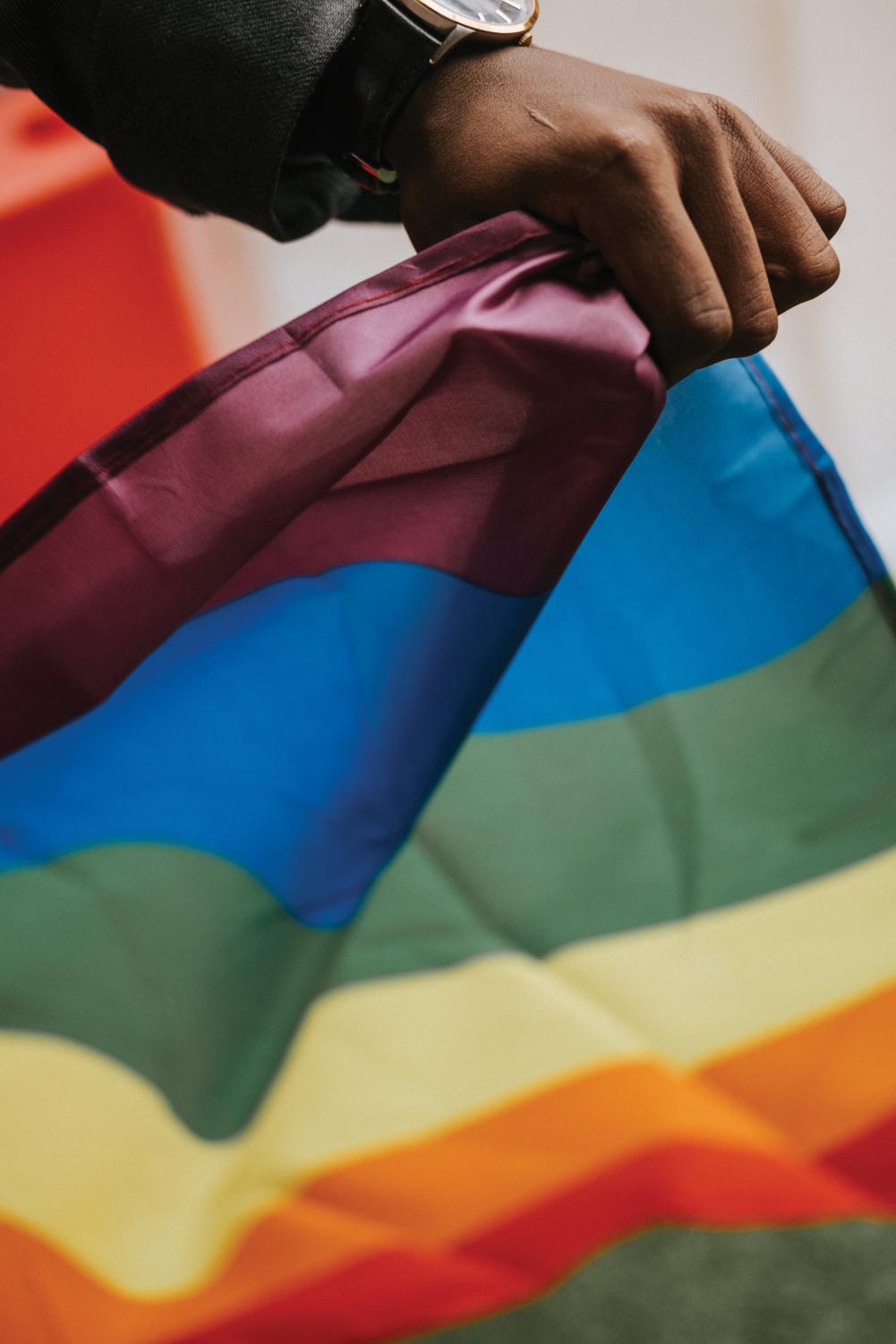Intersectionality and its effects on women’s rights
Mar 24, 2022
What some people may imagine when they think of feminism are the women’s marches that were predominantly white, and occured during Trump’s inauguration. Feminism is much more complex than that. As Women’s History Month draws to a close, the world around us continually reminds us how important intersectionality is, and how it affects all women.
The term intersectional feminism was first introduced in 1989 by Kimberlé Crenshaw, a law professor at UCLA School of Law and Columbia Law. Intersectional feminism is defined as “the interconnected nature of social categorizations such as race, class, and gender as they apply to a given individual or group, regarded as creating overlapping and interdependent systems of discrimination or disadvantage,” or, as Crenshaw describes it, how “not all inequality is created equally.” Women’s rights and women’s rights activists didn’t start at intersectionality. One of the first and largest women’s rights movements in America started with the women’s suffrage movement. But, the suffrage movement catered to white women specifically, and many of the larger suffrage groups discriminated against women of color. In turn, when the 19th amendment was ratified in 1920, women were granted the right to vote. But, due to the movement’s discrimination, Black, Latina and Asain women were disenfranchised in many states. This led to many women of color not being able to cast votes until the 1960s. This is just one of many examples of how when feminism isn’t intersectional, it is actively working against women that aren’t white, cis or straight.
Today, people who identify as feminists are much more likely to practice intersectionality, and work to uplift women who are different than themselves. But, there are still people who discriminate against women in their community. Headlines have swirled recently about Lia Thomas, who is a competitive swimmer for the University of Pennsylvania women’s swim team, and who also happens to be transgender. Thomas competed at the NCAA championship, and swam a season best in the 500 free at 4:33:24. She placed first in the event, making her the first transgender woman to take home an NCAA championship title. But, this win was also followed with heavy criticism and controversy. Thomas has undergone two and a half years of hormone replacement treatment which works to block the hormone testosterone, and works to replace that with estrogen, which promotes female characteristics in the body. Even though she has been using hormone replacement therapy for two and a half years, she is still facing ridicule. One of her harshest critics being fellow competitor Reka Gyorgy, a Hungarian swimmer who competes for Virginia Tech. Gyorgy blames her failure to qualify for finals on Thomas and the NCAA for letting her compete. In her open letter to NCAA, Gyorgy states, “One spot was taken away from the girl who got 9th in the 500 free and didn’t make it back to the A final preventing her from being an All-American. Every event that transgender athletes competed in was one spot taken away from biological females throughout the meet.” Considering that Thomas is hormonally female, Gyorgy technically has no one else to blame but herself. Scapegoating Thomas for being faster doesn’t take away from the fact that Gyorgy could have swam faster. There wasn’t a word from Gyorgy when she didn’t make it to the semifinals at the Olympics. Blaming transgender athletes for her lack of accomplishments doesn’t make Gyorgy look better or more worthy, it makes her look like she’s making transphobic excuses. Thomas wasn’t ‘shattering records’, as the New York Post reported. In fact, her time at the NCAA Championships is nine seconds slower than Katie Ledeky’s world record.
This is just a current example of how feminism can be discriminatory when it isn’t intersectional, and paints a picture of just how important it is to be intersectional. While Gyorgy believed that she was fighting for her counterparts within the NCAA, she shrinks the room made for women that are transgender. It has taken decades for the NCAA to even recognize transgender athletes, and Gyorgy’s discriminatory letter illustrates why it was so hard in the first place.
This focus on Thomas and her accomplishments also takes away from actual issues that press collegiate athletes, such as funding discrepancies between male and female teams, and sexual harrassment. Fellow swimmer Erica Sullivan, who did make it to the final for the 500 freestyle, echoes this in her comments on the controversy. “Women’s sports are stronger when all women — including trans women — are protected from discrimination, and free to be their true selves,” Sullivan said.
Intersectional feminism doesn’t just stop with welcoming and accomodating trans people, but rather starts with it. Intersectional feminism is meant to welcome and fight for women of all different backgrounds, women of color, disabled women, women in the LGBTQ+ community and women who come from impoverished areas. Intersectional feminism reminds women that we are stronger together than we are apart. It reminds us that every woman deserves equal opportunity, not just a select few, and that it’s up to women ourselves to make that happen.












